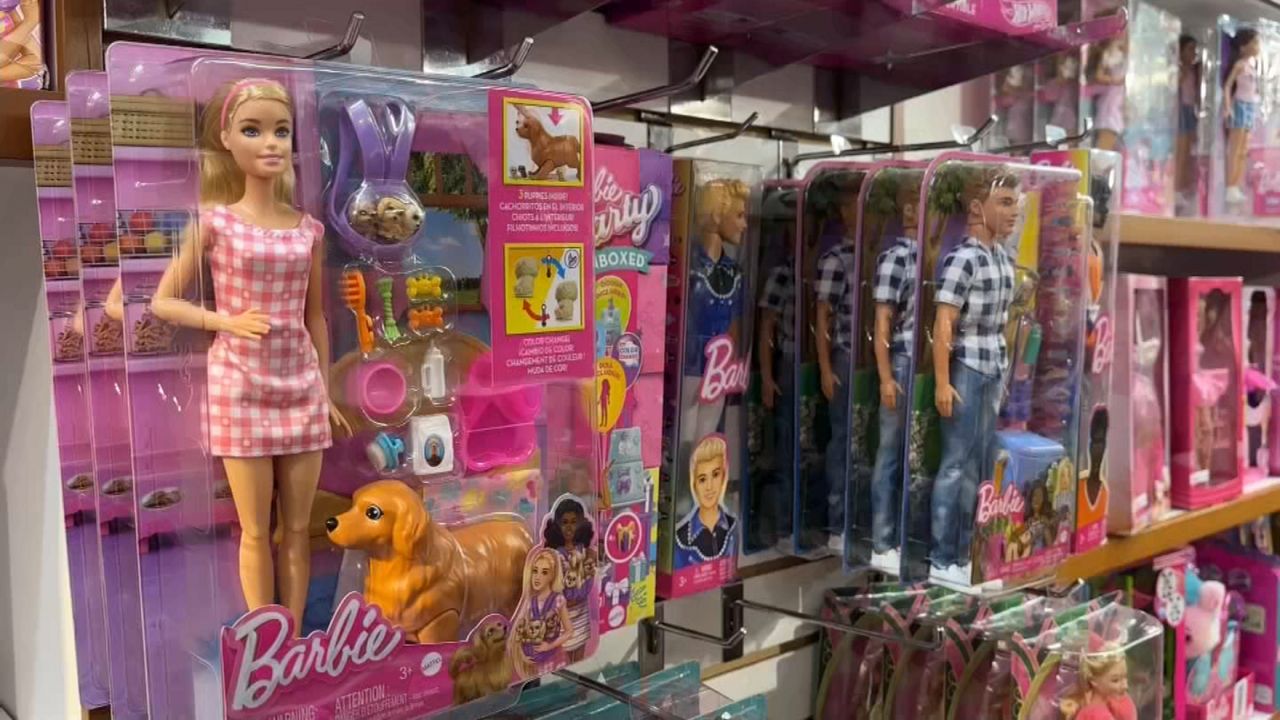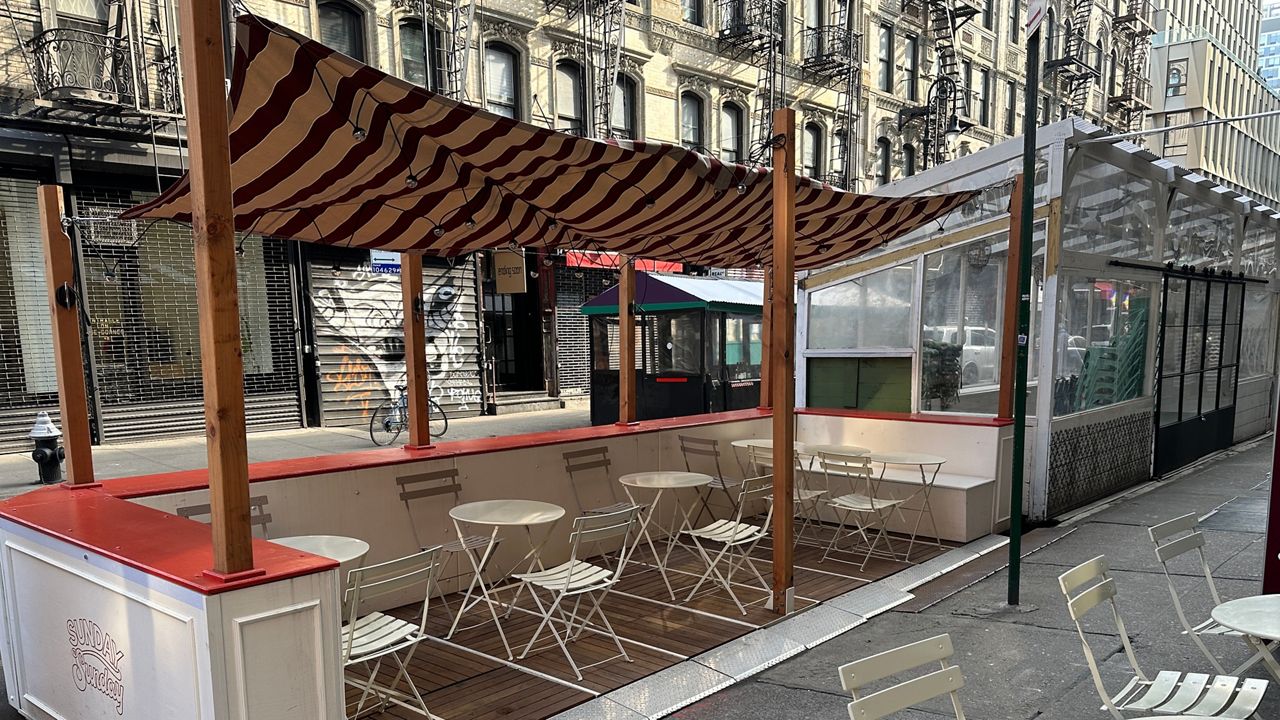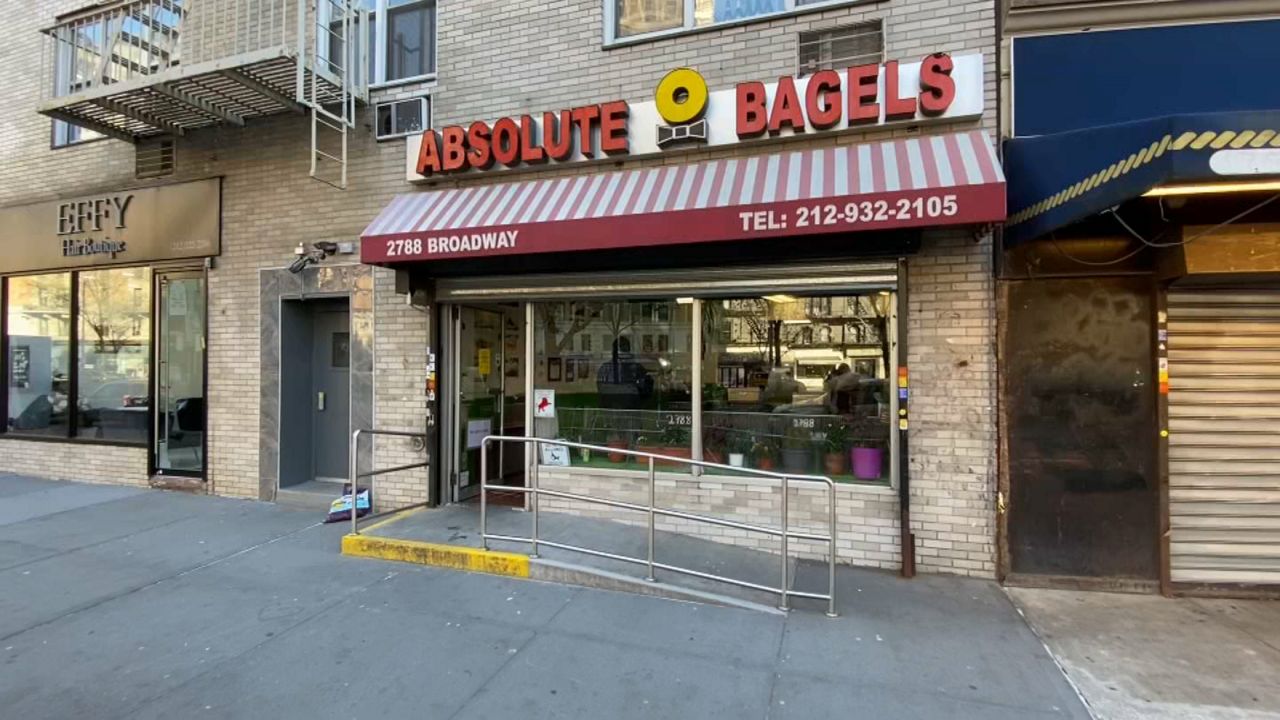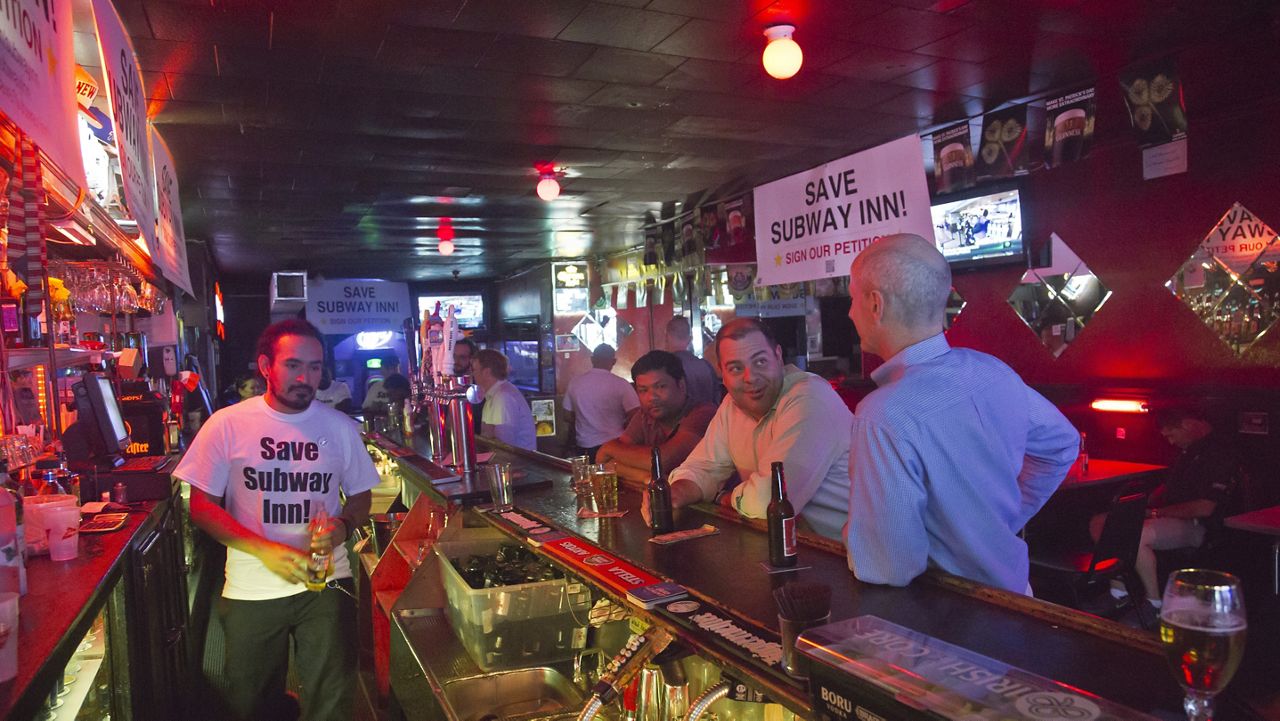Mike Kaback spends a lot of his days walking the streets of a neighborhood he knows better than pretty much anyone else on the planet.
He's worked in the Garment District for pretty much his whole profession life.
“My first job in the Garment District was for Alexander's department store 1965,” he told me.
Since then, he's worked in department stores, showrooms, and factories. Now, he guides visitors through this one-square mile patch of Manhattan. It's a labor of love for the 81-year old, and a tale of what he fears is one neighborhood's disappearing past.
So how does the neighborhood compare to the one he first knew all those years ago?
“The buildings remain the same," he said, "but the whole atmosphere here has changed. The buildings were filled up, there were people, there was hustle, there was racks moving back and forth. The area was dynamic. Today, ain't so much dynamic anymore.”
In the 1920s, the area between 34th and 42nd streets, and Broadway and Ninth Avenue was transformed from the city's Red Light District, called the Tenderloin, to the Garment District, employing 46% of the city's industrial workforce, mainly Jewish immigrants, like Mike’s ancestors.
The neighborhood may have lost some of its luster, but the industry is still crucial to the city’s economy: providing 180,000 jobs, six percent of the city's workforce. And news that the area is set to be rezoned from manufacturing to mixed-use residential has hit garmentos hard.
Bibhu Mohapatra is a luxury designer who has been working and manufacturing in New York City for nearly 15 years.
News that, once again, the city is seeking to re-zone the Garment District is not sitting well with him.
“It kills me," he said. "It really kills me because they really broke down that community. It was a community. You would run out next door to buy a spool of thread to match your fabric and you would run to the factory that did that specific kind of stitching because they have that machine from a hundred years ago. All those things as we speak, are being lost with that. We are losing skills and that's a big asset to lose because it'll take centuries to bring back kind of that level of skills.”
His new Tribeca atelier is a boutique, a showroom and a design space, complete with a small factory floor.
He said, "we produce about 60 or a little above 60% of our production. That is for retail and for wholesale. And definitely all the collections, every single sample is made here.”
He's always relied on garment center factories for what he can't do in-house, and what can't be done here, like beading and fabric production, he sends to his native India.
Siblings Karen and Teddy Sadaka own Apparel Production, a full-service factory that takes designers' sketches and turns them into finished garments.
Karen proudly shows off the work they can do here, that can't be done on most other factory floors.
“This is a special pocket machine,” she said. "Not a lot of factories have this.”
Their parents opened Apparel Production in 1947. Karen started working here when she was 15, Teddy at 12. They employ between 40 and 80 workers. Some have been with them for decades. Finding workers who can sew or cut a pattern nowadays, they say, is not easy.
“It's blue collar work, but at the end of the day, it's needed work," Karen said. “And machinery and computers? Computers can't take over what we do. They can’t.”
They've seen the effects of everything from a proliferation of cheap imports to COVID. But Teddy worries rezoning the Garment District would probably mean the end of Apparel Production.
Teddy said, “when they rezone and they make the rents crazy around here, that will probably be the final draw, the final knife. Where are we going to go?”
Mike Kaback said it's a trend he's been seeing for years. He has a book full of business cards for every company he's ever worked for.
“They're all out of business," he said. “Not one remaining.”




%20Pkg%20FASH%20Garment%20District%20CG_127488612_3592?wid=320&hei=180&$wide-bg$)




